
 |
THE CHURCHES OF RICHMOND
Photography by John G. DeMajo |
SAINT JOHN EPISCOPAL CHURCH |
||||||||||||||||||||||||||||||||||||||||||||||||
12201 Richmond Street , Chester, VA |
||||||||||||||||||||||||||||||||||||||||||||||||
 |
||||||||||||||||||||||||||||||||||||||||||||||||
 |
||||||||||||||||||||||||||||||||||||||||||||||||
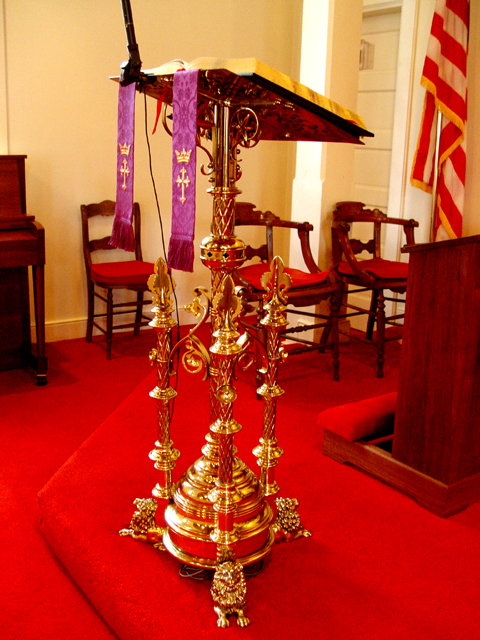 |
||||||||||||||||||||||||||||||||||||||||||||||||
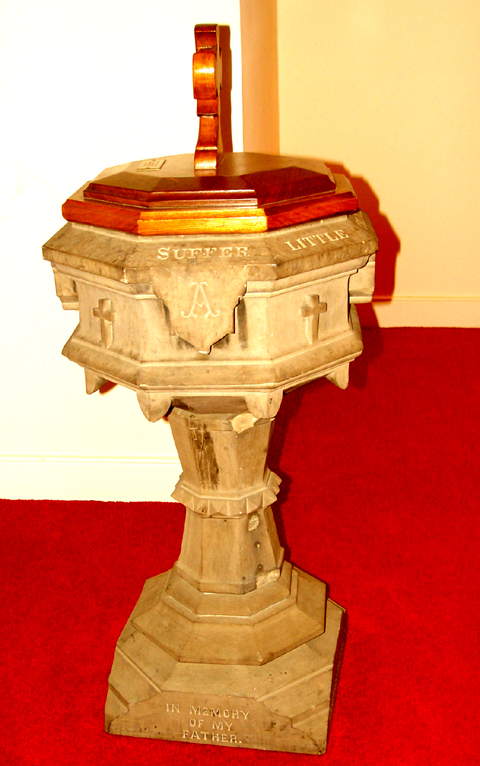 |
||||||||||||||||||||||||||||||||||||||||||||||||
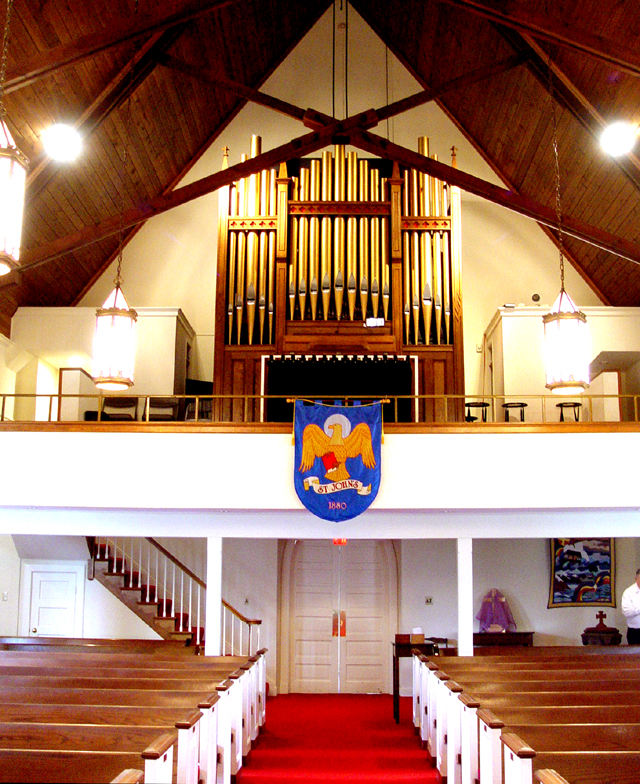 |
||||||||||||||||||||||||||||||||||||||||||||||||
Wigton Pipe Organs, Inc. - Detroit, Michigan Opus 14R 1985 |
||||||||||||||||||||||||||||||||||||||||||||||||
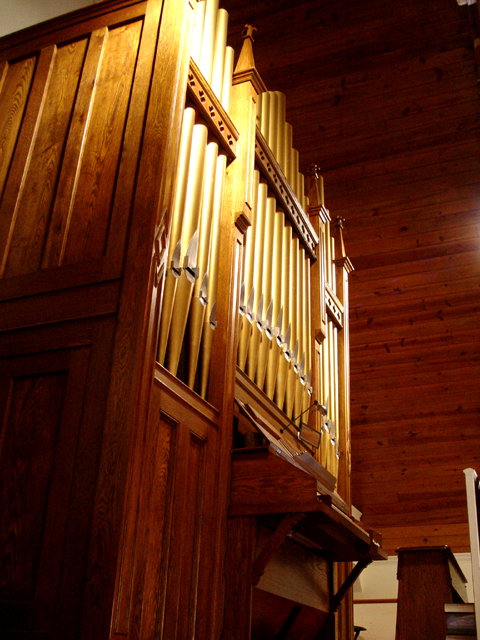 |
||||||||||||||||||||||||||||||||||||||||||||||||
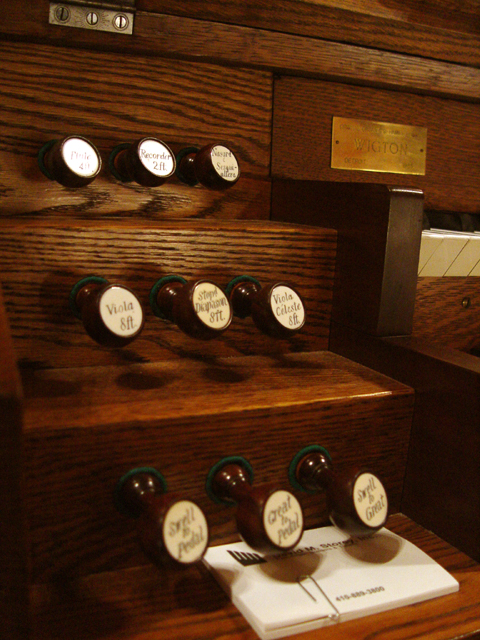 |
||||||||||||||||||||||||||||||||||||||||||||||||
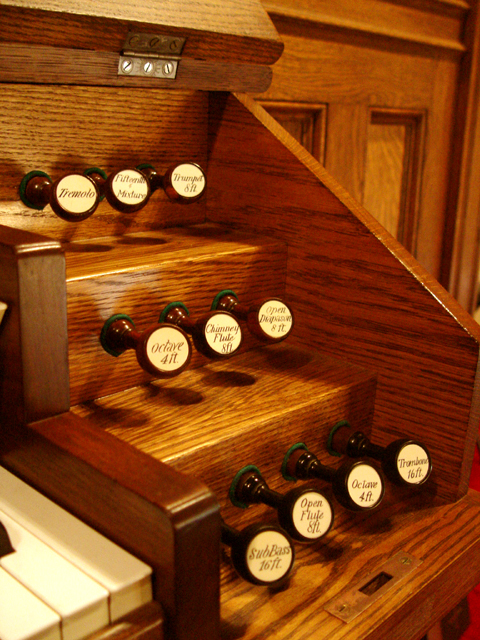 |
||||||||||||||||||||||||||||||||||||||||||||||||
About the organ: The original builder of the instrument was Samuel S. Hamill (1830-1904) seems to have started his business in 1861 in East Cambridge, Mass. He trained with other organ builders prior to that date. He is known to have worked for Henry Erben around 1850. His firm did much advertising, replete with extravagant and flowery promises, a specialty of the company was "Great Pipe Organs - a special class of organ possessing great power of tone," which seem to have been otherwise ordinary organs that were loudly voiced. The company shipped half a dozen organs to Cuba in the 1860's but most of his instruments, all with tracker acton and most small to moderate size, went to churches in small cities in this country. Not many survive today probably because there were not a great many to begin with. The firm ceased operations in the 1890's. This instrument was built in about 1885 for an undetermined church. It was for many years in St. Anthony's Catholic Church in Cambridge, Massachusetts. The church was built in 1898, so the organ must have been at least in its second home. By 1981, St. Anthony's was razed as part of an urban renewal project, so the Organ Clearing House dismantled the organ and sold it to Wigton Pipe Organs. William Van Pelt, who was at the time executive director of the Organ Historical Society, contacted the Organ Clearing House in 1983, on behalf of St. John 's Church, in search of a suitable organ for rebuilding. In May of 1984, a contract was signed to rebuild the organ David K. Wigton began full-time organ building in 1972 when he joined a firm in New England. In 1977 he returned to the Detroit area. This project is the company's Opus 14R. Rebuilding of the instrument was quite extensive. The casework was stripped of its white paint, new moldings were made to match missing ones. A new spire and fleur-de-lis was made to replace those which were missing. Keys were recovered and a new pedal board was provided. Although the organ blower is electrically powered, the original hand-pumped bellows has been retained for authenticity. |
||||||||||||||||||||||||||||||||||||||||||||||||
Specification
|
||||||||||||||||||||||||||||||||||||||||||||||||
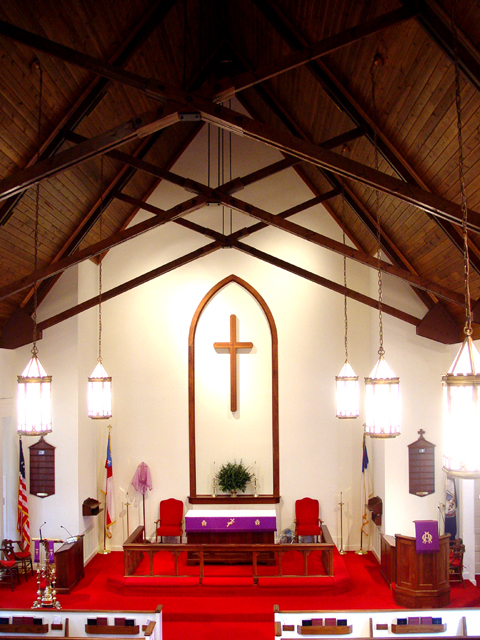 |
||||||||||||||||||||||||||||||||||||||||||||||||